I am republishing my article that appeared in Rootless Living magazine in Apr/May, 2023. That publication has since merged with RV Today and the magazine is called RV Today.
I will set out the original article below with dividers, and will add photos and additional commentary further below. Enjoy!
On our way to De Smet, South Dakota to stay a night in a covered wagon at the Ingalls Homestead, ominous clouds swirled, and wind raced us as we pushed to outrun a tornado. I travel with my husband and three dogs in our camper van. Taking on full-time travel has meant freedom, adventure, and bucket list checkmarks. Four of the Laura Ingalls Wilder homesites: check. After touring the Walnut Grove Museum and the Banks of Plum Creek historic dugout in Minnesota, we learned the storm was barreling toward us from the exact direction of our next destination.
We quickly reversed course and pulled into a KOA to shelter in place just as tornado sirens wailed. Hail pounded, rain pelted, and wind howled. At sunrise, we got back on the road toward the Laura Ingalls Wilder original homestead. As we drove, I imagined myself traveling this dusty route in a covered wagon behind a majestic team of horses, as did Laura’s family when they first arrived in Dakota Territory. De Smet, the “Little Town on the Prairie,” offers several ways to meet history. You can visit Laura’s home sites and see thousands of artifacts in the local museums. The Loftus store downtown is one of two remaining original historic wooden buildings. Its creaky floorboards still whisper of Laura and her family buying their supplies.
If you know the Little House on the Prairie book series, you know about The Long Winter of 1880-1881 when a blizzard lasted from October through April and many townsfolk almost starved. If you didn’t read the books, you might still be inspired to know that Laura Ingalls Wilder did not publish her first book until the year she turned sixty-five. She is proof that it is never too late to do what you’ve wanted to do, including travel.
The original homestead is dotted with five Cottonwood trees that Charles Ingalls planted. A steeple-spired church and a replica schoolhouse beckon visitors to take a covered wagon ride around the grounds. During the summer season from May through September, children can hold the reins to drive the big ol’ draft horses. I was lucky enough to also take a turn driving the team. Jingling harness straps and creaking wheels added their music to our ride. My feet planted firmly on the buckboard, I leaned into the task while clucking to those horses. Gee! Haw! Ho! The horses turned and stopped as asked, and I tucked another life experience into my belt.
We made corn cob dolls with gingham fabric dresses tied on with yarn. We made rope and hay twists. Hay twists are twisted knots of hay or slough grass that were used by the Ingalls family to burn for warmth when their wood and coal ran out. I drove a pony cart. We pumped water from the well with an old hand pump and used a washboard and an old wringer washing machine to practice washing clothes the way they did before electricity.
Our reserved covered wagon was near enough to the bathroom and gift shop to allow for easy access. Unlike in Laura’s day, these covered wagons have electricity. If you like, you can catch up on modern tasks and stream a movie on your laptop. There are showers on site to get you moving in the morning. After a day of exploring, we made a campfire outside the wagon and ate hot dogs while watching an orange sunset fade on the horizon. We slept cozily in our covered wagon under a vast sky full of stars and dreamt prairie dreams of wild historic adventure.
Additional Notes:
That storm was 250 miles long and moving at 80 miles per hour. We ran from it as long as possible, and just as it reached us, we reached a KOA. They were locking the office and the tornado sirens were blaring as we screeched into the lot. They let us take shelter and pay later. We caught about 45 minutes of howling storm, rain, and hail, but thankfully the tornado itself touched down elsewhere. The next day, as we continued the drive toward DeSmet, we saw the path of destruction all along the way. Twisted silos, rutted ground, flapping roofs, collapsed barns. Big Weather is no joke.
Making rope with an antique hand crank maker was awesome. Such an imporant skill to know!
Wringing laundry outside at the washboard and wringer was fun as a learning activitiy, but would get mighty old as a daily/weekly chore.
If you’ve never driven a team of horses, DO IT!! I was lucky and so thankful to get to do it, especially while the experienced driver sat right behind me and coached me through each step. Oh, the power in those big steeds! The smell of horse, the sound of jingling bells and creaking leather. The bouncing buckboard. The smooth leather reins sliding through your hands. Amazing, all.
You can book a covered wagon at the Ingalls Homestead and camp on the prairie. If the covered wagon is not in your price range (at $70/night), you can choose a tent site option at $10/night (bring your own tent). They also have RV sites and a Bunkhouse as additional options. Plan to spend at least 1/2 a day at the Homestead to take in all the activities. Best to visit between May and September.
You can visit the Surveyors’ House in DeSmet, run by the Laura Ingalls Wilder Memorial Society, to see “the largest house Laura had ever lived in” (up until the time they lived there in about 1879/1880). This is a well-kept building that has become one of the museum stops around town. This was the house Laura described in By the Shores of Silver Lake.
You can visit the DeSmet Cemetery and see the tombstones/burial places of so many of the people from Laura’s stories, including Laura’s parents and siblings. (Laura herself is buried in Mansfield, Missouri.)
You can visit Main Street (so called by Laura, but now named Calumet Avenue) and walk the downtown shops of DeSmet. The famed Loftus Store is still in business today, now as a gift shop. It is the oldest standing building in DeSmet.
Near the Loftus Store is the building (rebuilt in 1909 as the Garage) that was once the Wilder Feed Store. It was at Lot 17, Block 1 of the original town, and Royal Wilder purchased it for $50.00 in 1880.1 This is where Laura and her family lived while waiting out The Long Winter of 1880/1881.2 The blizzard conditions lasted for almost four months.
If you are interested in Laura Ingalls Wilder and the hisory of her family and travels, you might like the reference book called Pioneer Girl. It is the original manuscript that Laura wrote as a history to share with her daughter, Rose. Rose was already an author in her own right, and was instrumental in Laura’s manuscript being eventually reworked and published as a series of children’s books. Pioneer Girl was not published until 2015, and includes Laura’s original writings, annotated. There is more information and background at The Pioneer Project.
Wilder Feed Store (no date) pioneergirl. Available at: http://www.pioneergirl.com/blog/archives/7043
Meyer, J. (2023) Winter 1880-1881: The real story of ‘The long winter’, KMTV 3 News Now Omaha. Available at: https://www.3newsnow.com/weather/weather-history/winter-1880-1881-the-real-story-of-the-long-winter





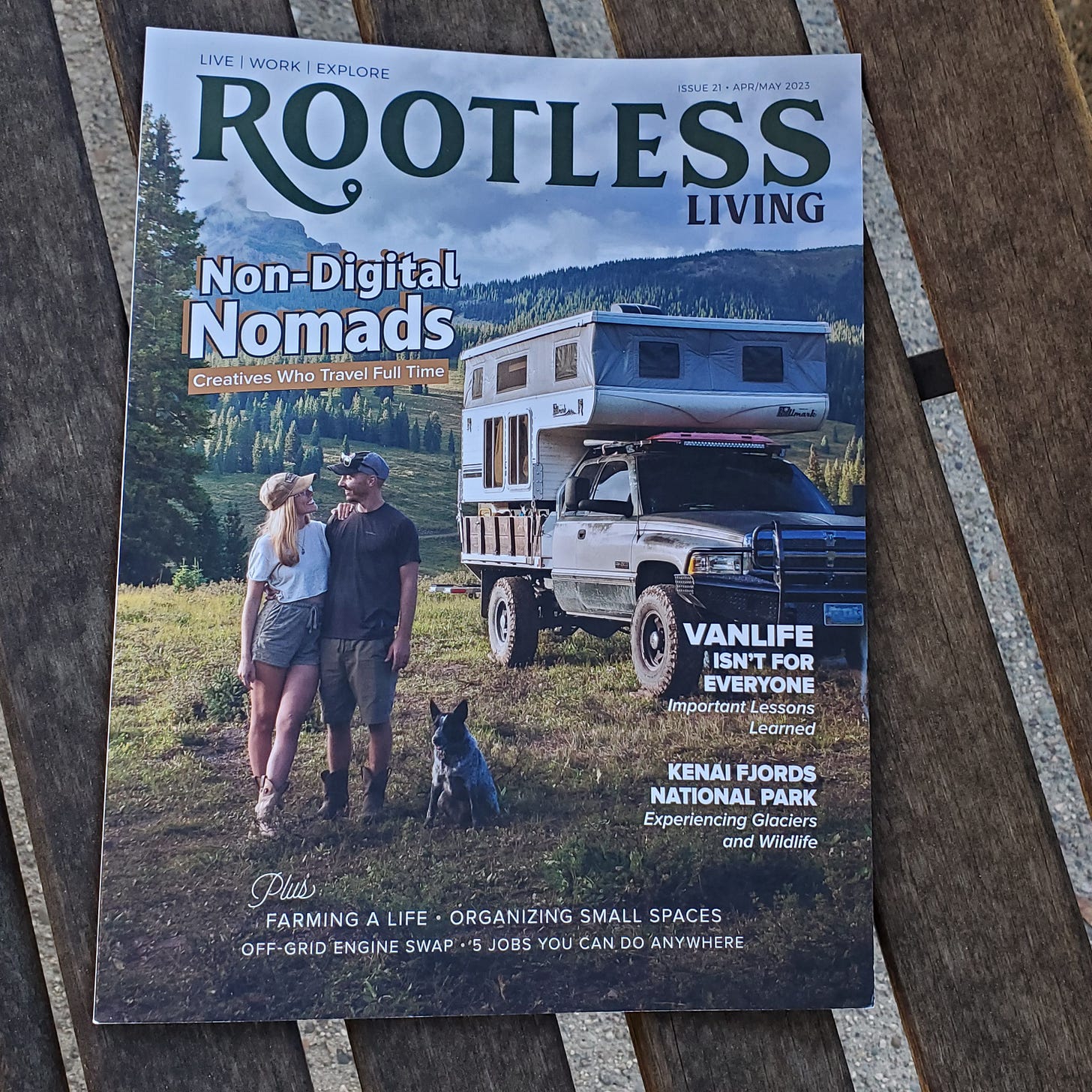
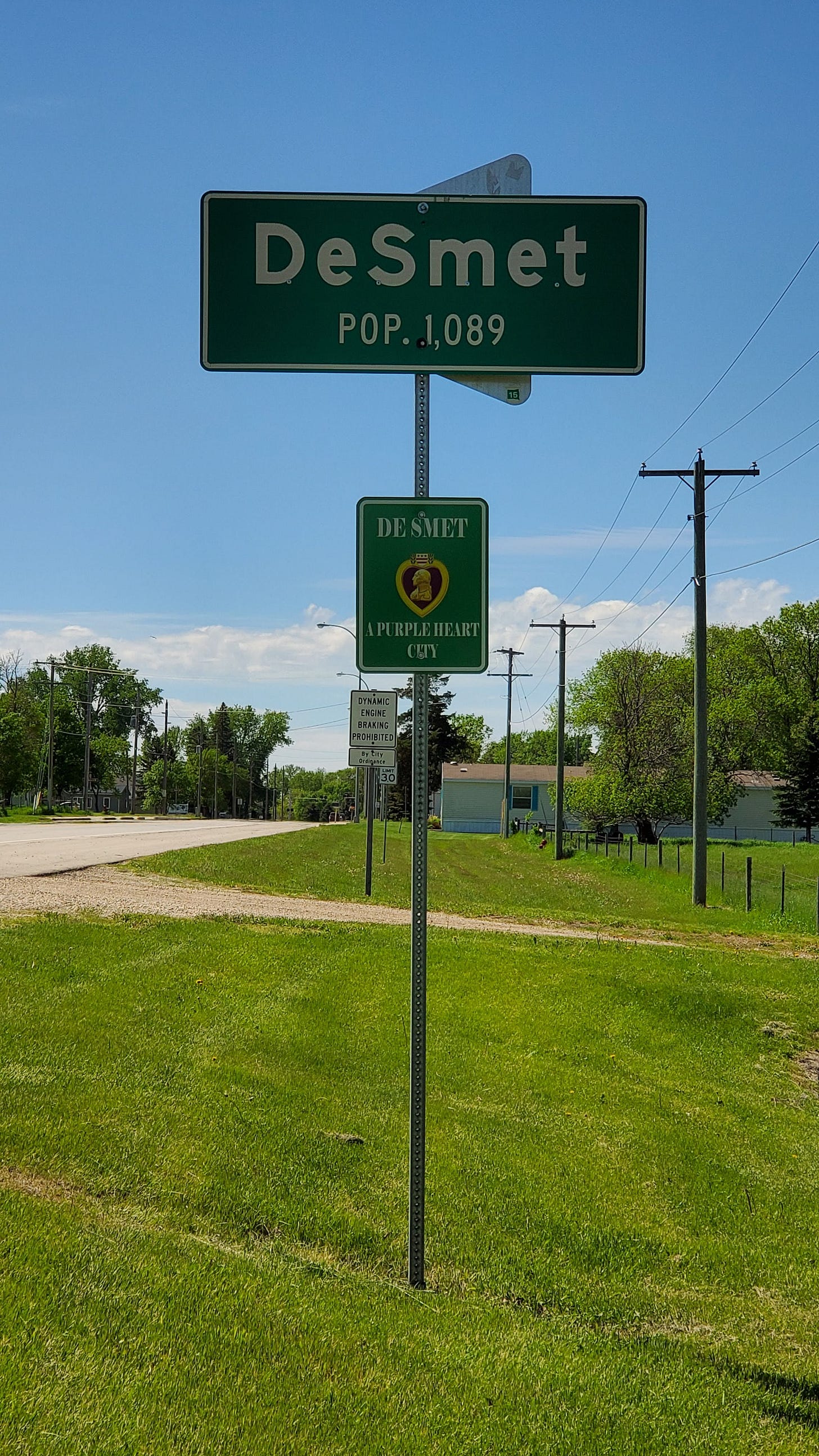
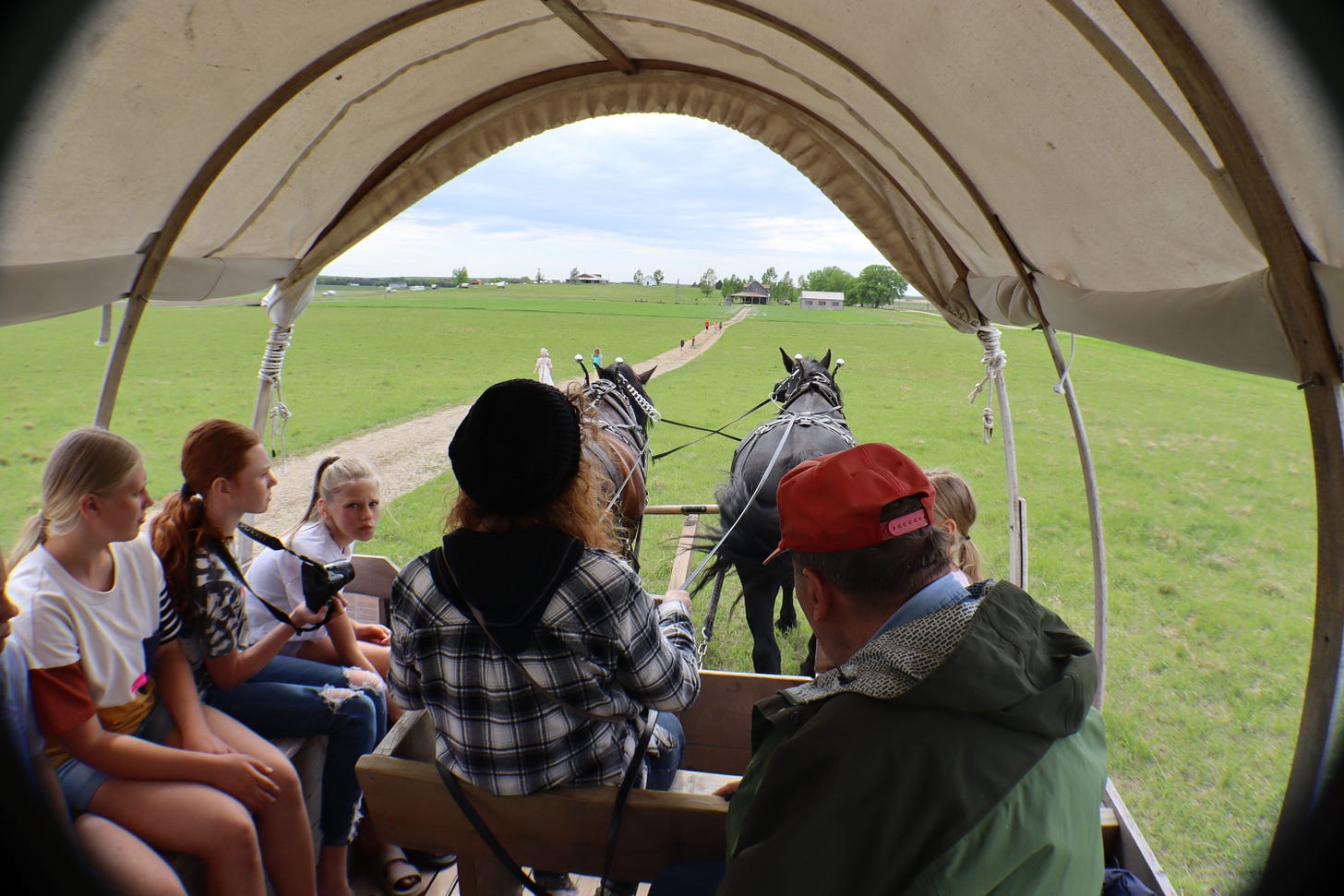



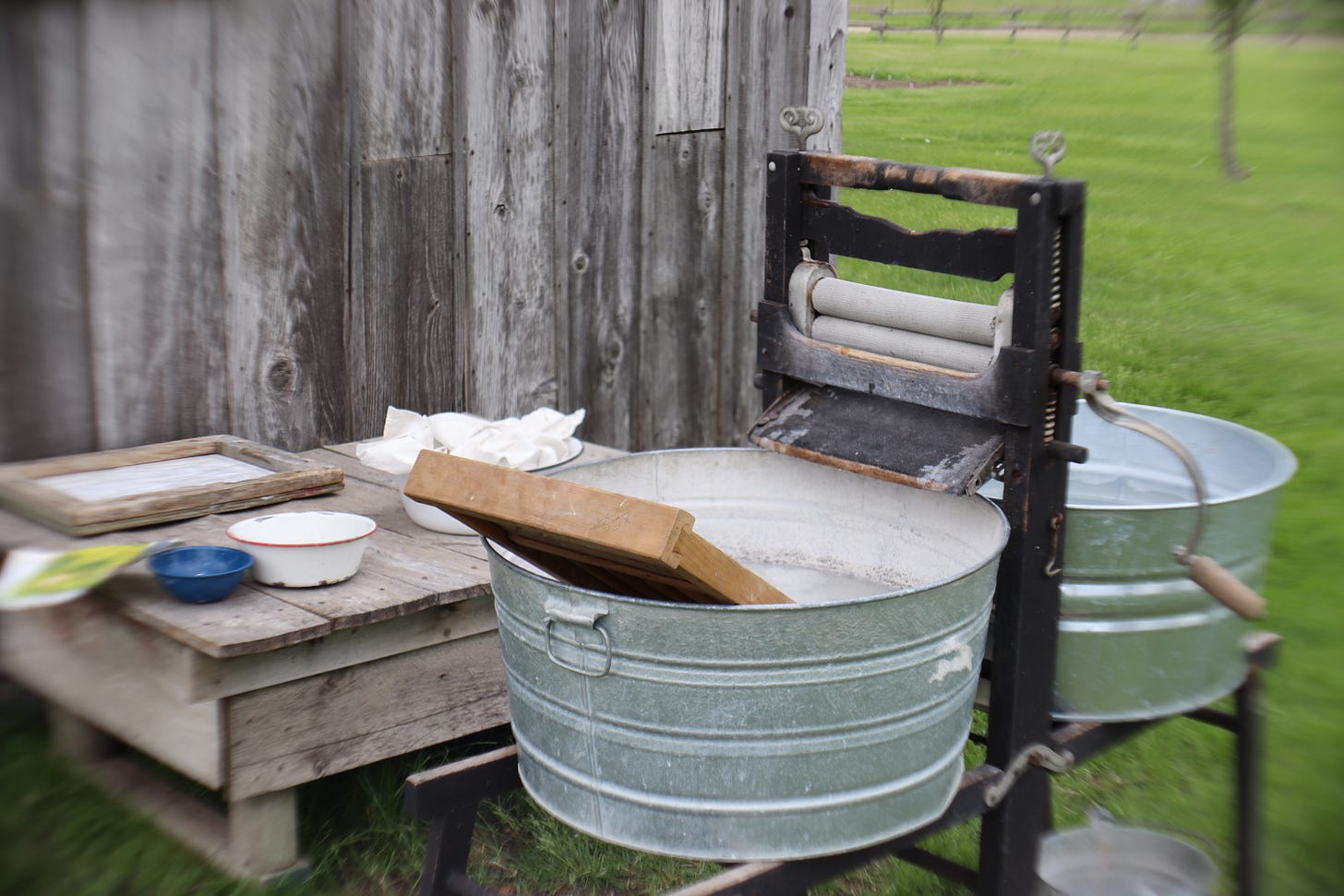
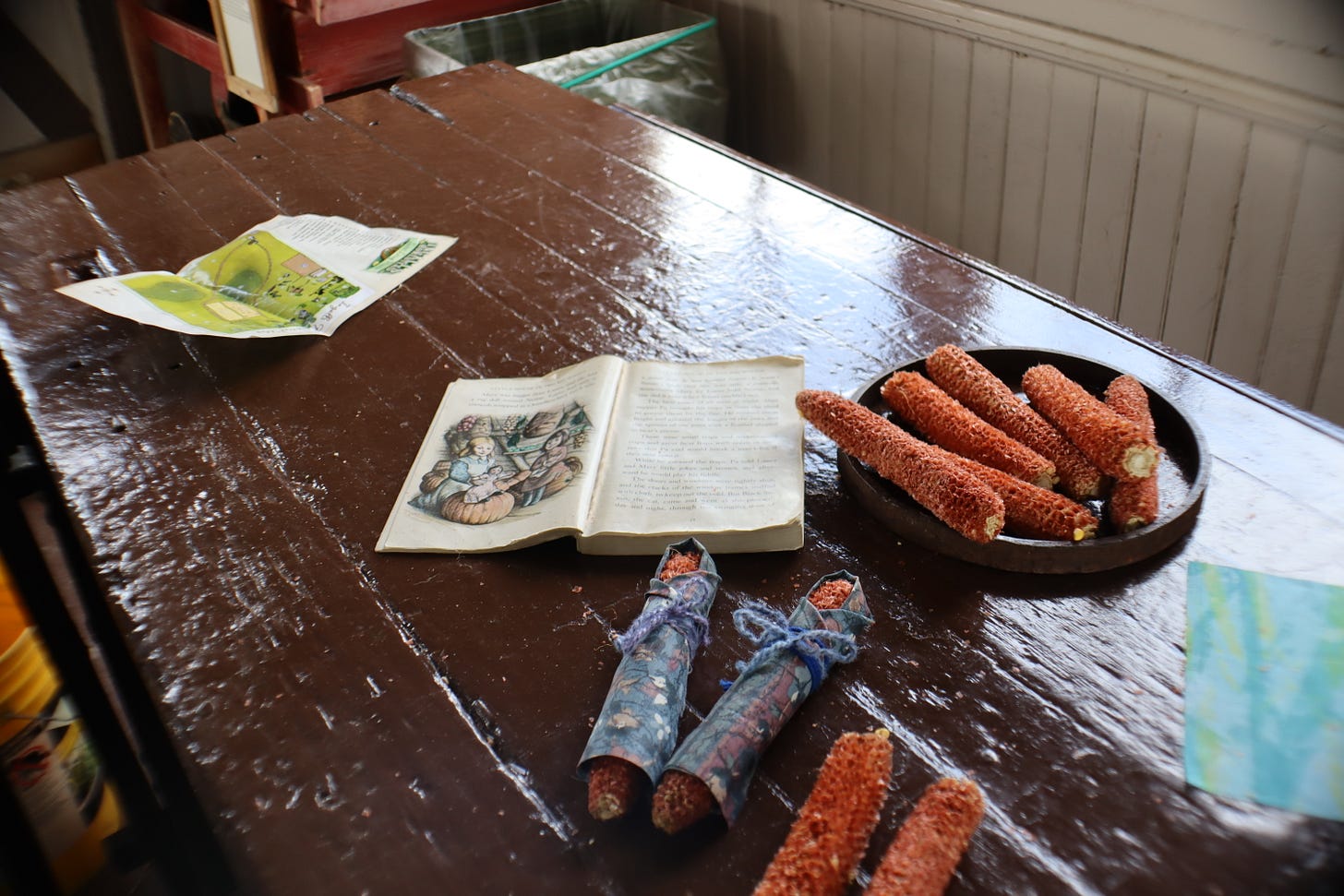
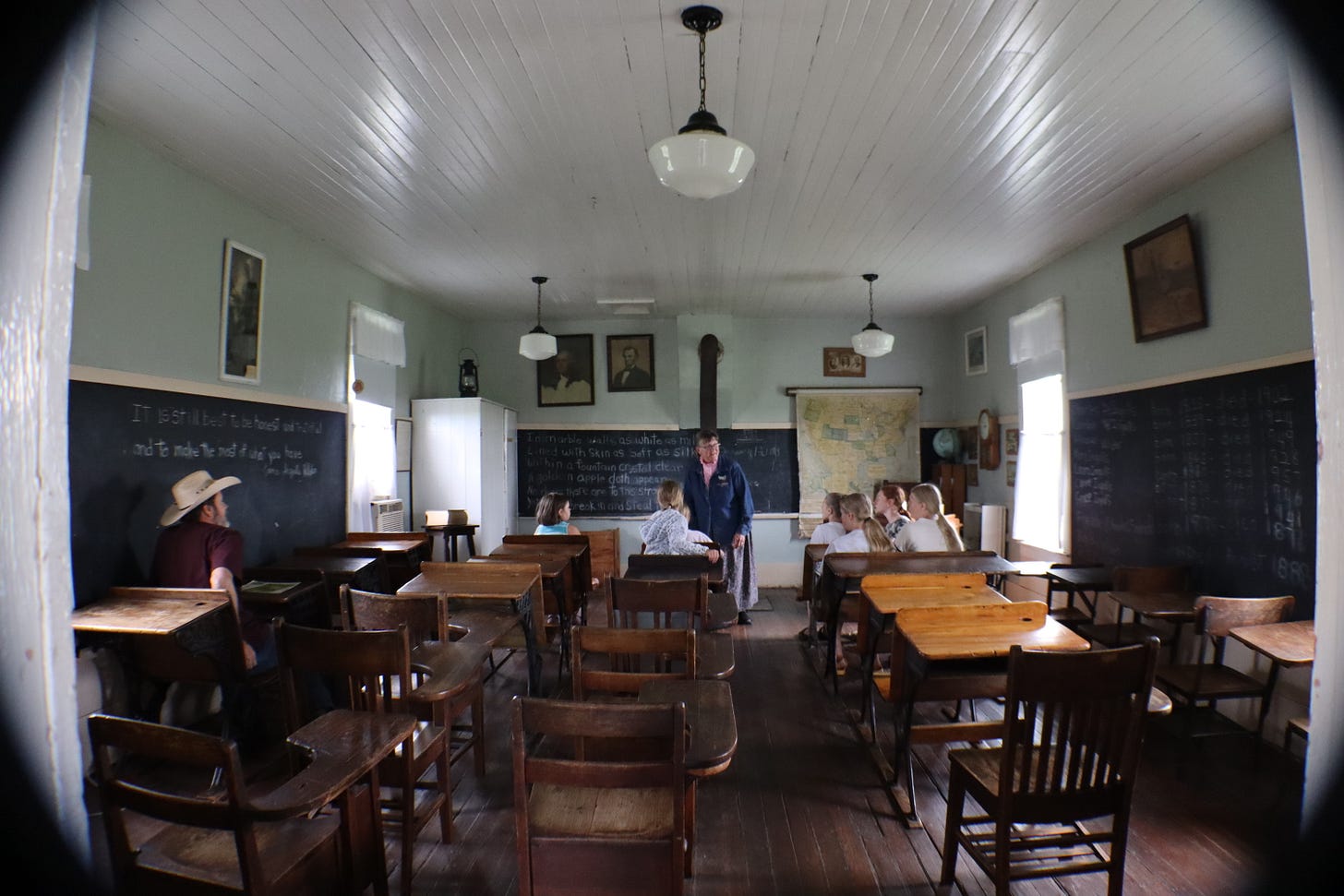
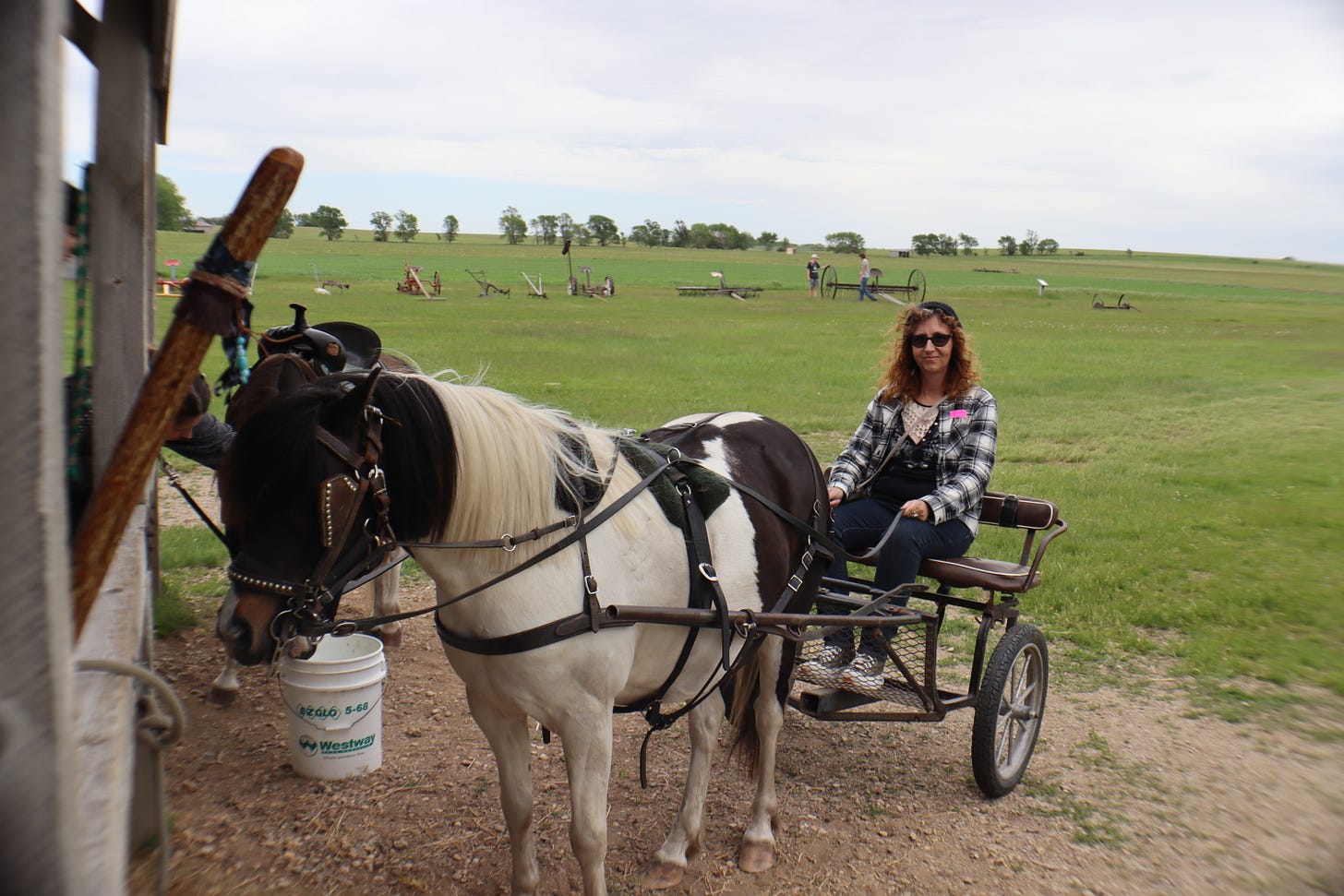
Beautifully written!!!!
Thank you for the restack!! Have a marvelous weekend.